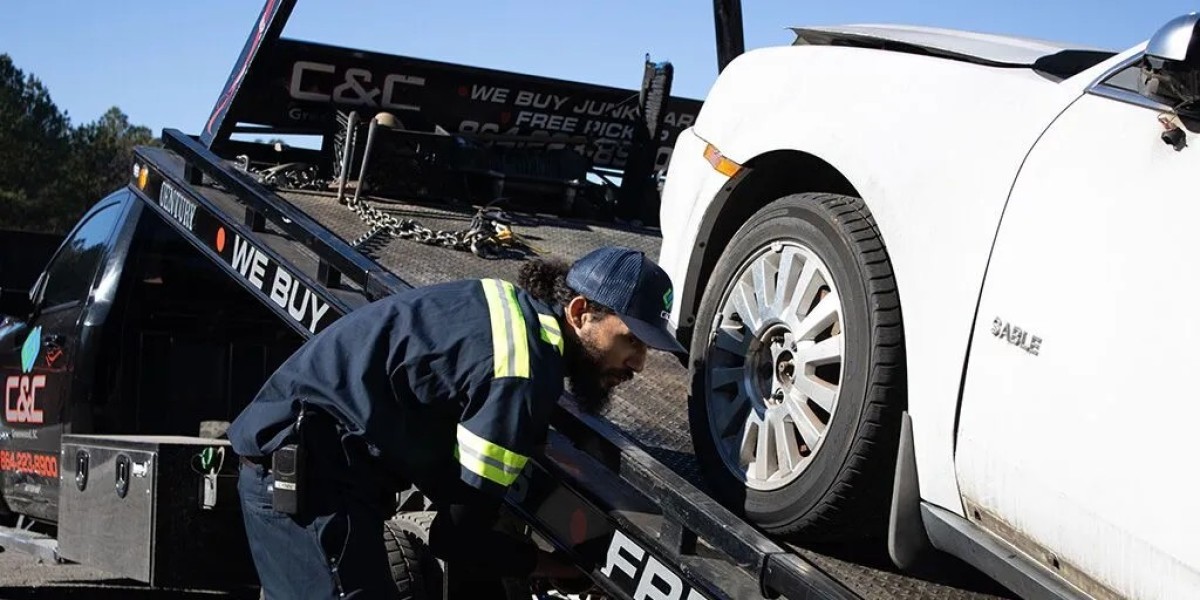Car recycling is an essential process that plays a pivotal role in the broader concept of the circular economy. This approach focuses on minimizing waste and making the most of resources, which not only benefits the environment but also creates economic opportunities. The automotive industry is one of the largest contributors to both resource use and waste, but through effective vehicle recycling, much of this impact can be mitigated.
Understanding the Circular Economy
At its core, the circular economy is an economic model designed to be regenerative. Unlike the traditional linear economy, where products are made, used, and discarded, the circular economy encourages the continuous use of resources. By keeping products, materials, and components in use for as long as possible, the circular economy reduces waste, minimizes resource extraction, and lowers the environmental footprint.
Vehicle recycling fits seamlessly into this model, as it helps divert significant amounts of metal, plastics, glass, and other materials from landfills. Through the process of dismantling, reusing, and recycling car parts, we not only extend the lifespan of resources but also reduce the need for new materials.
The Role of Vehicle Recycling
When a vehicle reaches the end of its useful life, it is often considered a waste product. However, vehicle recycling transforms what would otherwise be scrap metal into valuable resources that can be reused in new products. In fact, about 80-85% of a vehicle’s weight can be recycled. The key materials—such as steel, aluminum, and copper—are in high demand and can be repurposed for a wide range of industries, from construction to manufacturing.
Here’s how car recycling contributes to the circular economy:
Resource Recovery The most significant impact of vehicle recycling is the recovery of valuable resources. Metals like steel and aluminum are crucial in manufacturing everything from new cars to appliances and buildings. By recycling these materials, car recycling helps reduce the need for virgin resources, decreasing energy consumption and mining activities. For example, recycling one ton of steel saves approximately 1,100 kg of iron ore, 630 kg of coal, and 55 kg of limestone.
Energy Savings Car recycling conserves energy compared to the production of new metals from raw materials. For instance, recycling aluminum saves up to 95% of the energy required to produce new aluminum. The energy savings reduce the carbon footprint of vehicle production, making the automotive industry more sustainable in the long run.
Waste Reduction Instead of vehicles ending up in landfills, vehicle recycling allows car parts and materials to be reused or repurposed. Tires, batteries, plastics, and fluids can be recycled or safely disposed of, preventing hazardous waste from polluting the environment. By cutting down on waste, car recycling ensures that fewer toxic chemicals, such as lead and mercury, are released into the ecosystem.
Economic Benefits Recycling cars creates jobs and stimulates local economies. The vehicle recycling industry employs thousands of people globally in jobs related to collection, dismantling, sorting, and processing car parts. Additionally, recycling provides raw materials that manufacturers can use to create new products, supporting other industries and promoting economic growth.
Sustainable Car Manufacturing Many car manufacturers now incorporate recycled materials into the production of new vehicles. For example, automakers use recycled steel and aluminum in new car models to reduce the amount of new raw material required. This shift helps close the loop of the circular economy, where resources are continually cycled back into production rather than being discarded.
The Future of Car Recycling
As technology advances, the efficiency of vehicle recycling processes continues to improve. Emerging technologies, such as AI and robotics, are being introduced into recycling facilities, making it easier to sort and process materials. Additionally, as electric vehicles (EVs) become more popular, the recycling industry will need to adapt to handle new materials like lithium-ion batteries and rare earth metals.
In conclusion, vehicle recycling is a critical component of the circular economy, offering environmental, economic, and social benefits. By reducing waste, conserving resources, and promoting sustainable manufacturing practices, vehicle recycling not only helps preserve the planet but also contributes to a more sustainable and resilient future.









